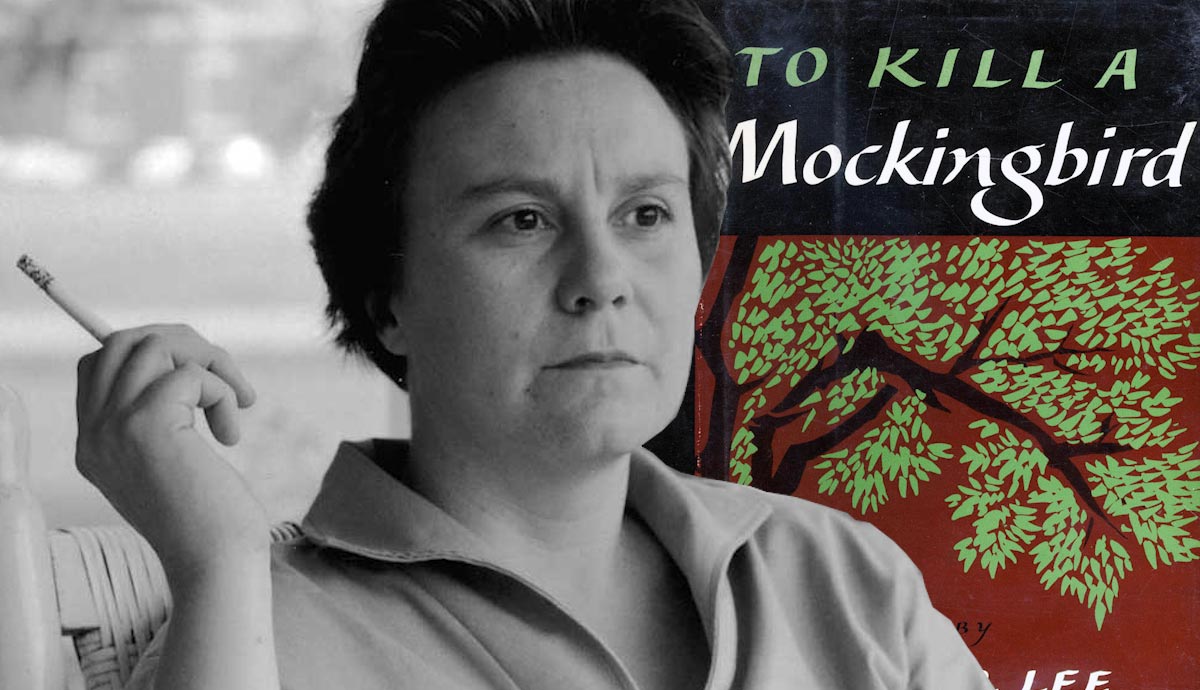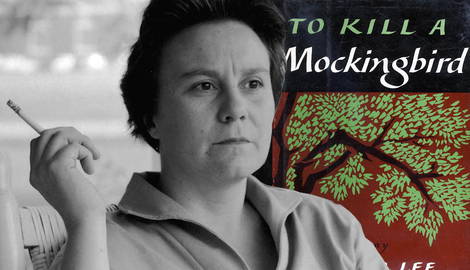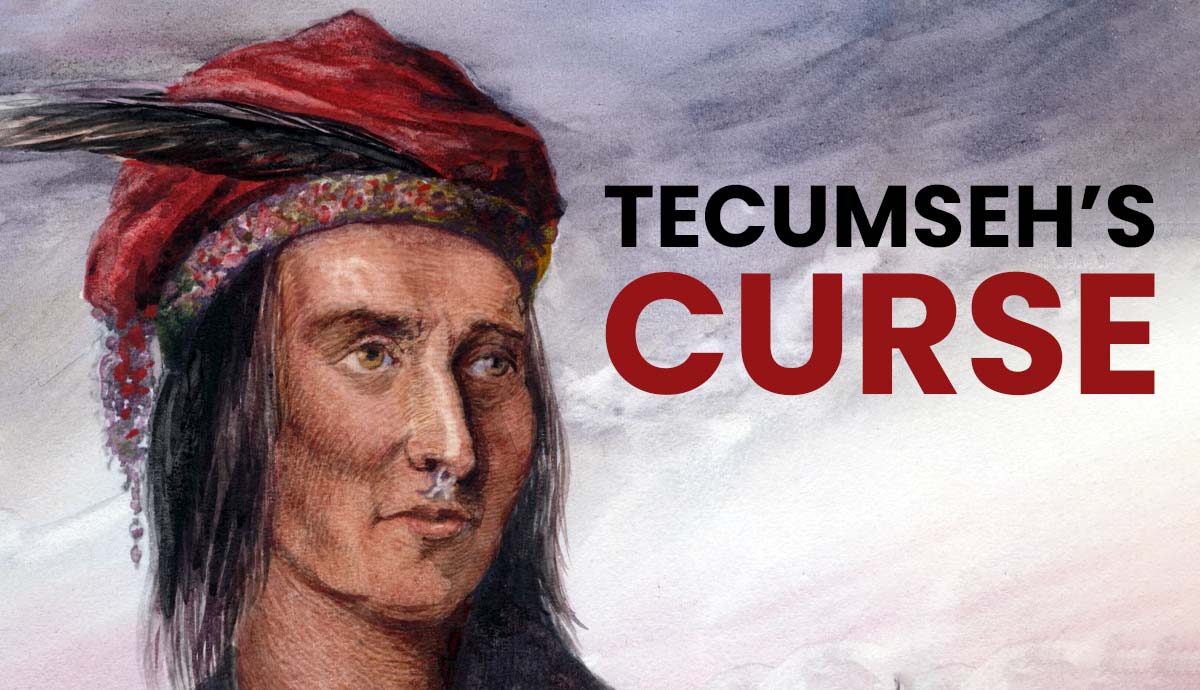
After penning one of the most famous, successful, and yet controversial novels of its time and future, Harper Lee became instantly famous. However, the author did not embrace celebrity and fame, instead choosing to stay out of the limelight whenever possible. Multifaceted, private, and intriguing, Lee remained a curiosity to many, whether they were distant observers or even close, lifelong friends. The sometimes reclusive writer rode the success of her debut novel for the rest of her life, weaving an existence that was often hidden from the eyes of the public.
1. Lee’s First Name Wasn’t Harper

Nelle Harper Lee was the child of Amasa and Frances Lee, the youngest of four siblings. Born April 28, 1926 in Monroeville, Alabama, Lee was active in sports and a voracious reader. Once she became a published author, Nelle decided to drop her first name and go by her middle name, concerned that her monniker would be pronounced incorrectly as “Nellie.”
2. Lee Studied Law

After graduating from high school in Monroeville and attending a private women’s college for a year, Lee finished her undergraduate work at the University of Alabama. Following graduation, she studied briefly at Oxford, then moved back to the University of Alabama to pursue law, her father’s occupation.
3. Lee Was a Close Friend of Truman Capote & Even Based a Character on Him

One of Lee’s best friends throughout her life was also one of the most famous authors of the 20th century. Truman Capote moved to Monroeville to stay with an aunt at age 4, and the two soon forged a friendship. Lee’s father bought them a typewriter, and the two began documenting the elaborate stories they had crafted about the people in their neighborhood.
A diminutive child, Capote was often the target of bullies, with Nelle coming to his defense. This closeness persisted as the two grew up, even after Capote moved to New York to live with his mother as a teen. They bonded over their shared love of writing, among other aspects of their lives, including troubled relationships with their mothers. They supported one another’s careers, and Lee even based the character of Dill Harris on her friend.

Lee became an employee of her friend as he traveled to Kansas to do research for his novel, In Cold Blood. Using her natural interest in true crime in the law while working as his research assistant, Lee also proved helpful in other ways. She was often a buffer between the sometimes abrasive Capote and the people of Holman, Kansas, who were necessary to successfully gather the information needed for Capote to write his bestseller. By the end of the trip, she’d not only forged valuable relationships for the project but had created over 150 pages of notes for Capote to utilize.

However, as both of their writing careers soared in the 60s, the relationship between the two friends soured. Capote did not acknowledge Lee’s contributions to his seminal work, which hurt her deeply. In addition, her success as a writer with the release of To Kill a Mockingbird brought out feelings of jealousy in Truman. Capote’s drug and alcohol habits furthered the rift between the pair, and the two were estranged when Capote died in 1984.
4. A Christmas Gift Propelled Her Writing Career

Harper Lee moved to New York City in the hopes of propelling her writing career as the 1950s were dawning. She worked odd jobs, including as an airline ticket agent, and eventually moved in with friends Michael and Joy Brown to help save money. In 1956, the pair gave her an envelope with funds equivalent to a year’s salary and a note that read, “You have one year off from your job to write whatever you please. Merry Christmas.”

Shocked, Lee protested, but her friends eventually convinced her to accept the gift. Determined to put their money to good use, she spent her time working on a manuscript titled Go Set a Watchman, dropping chapters off to a friend of Michael’s, an agent, as she completed them. The agent approached a publisher for her, and while they liked her work, they weren’t sold. She started on another book, using stories based on her childhood, which the publisher felt had more potential. Working with editor Tay Hohoff, Lee created and polished the book that eventually became To Kill a Mockingbird.
5. Lee’s First Novel Was Wildly Successful, Yet Controversial

Published in 1960, To Kill a Mockingbird was not only one of the most celebrated books of the 20th century, it went down as one of the great works of American literary history, winning the Pulitzer Prize in 1961. Since its original publishing date, the story of Jean Louise “Scout” Finch and her childhood world has been translated into 40 different languages worldwide. Over 40 million copies have been sold, and it spent an amazing 893 weeks on USA Today’s Best Selling Books list—especially incredible since the list wasn’t created until 33 years after the book’s original publishing date.

Regardless of her novel’s status as a megahit, Harper Lee hated the spotlight that came with its release. She remained a recluse of sorts for much of her life, refusing interviews and avoiding public events. She harbored suspicion about many, believing that their motives to befriend her lay in a desire to feed off her celebrity or finances. Even those who knew Lee best, such as neighbor Marja Mills, often found themselves in hot water with the author. When Mills released a memoir about her time living next door to and spending time with Lee and her sister, Nelle denied any cooperation with the release. In her advanced years, a security guard stood watch at Lee’s nursing home to prevent any unwanted visitors from gaining access to the writer.

Despite its success, Lee’s book has been challenged on various levels, resulting in bans at some schools and libraries. Specific objections to the novel include the use of the “n-word,” its portrayal of African Americans, and claims of “immorality” based on the story’s discussion of rape.
6. Lee Wouldn’t Publish Her Second Book Until She Was in Her 80s

Although Go Set a Watchman was written before Mockingbird, it remained hidden and unpublished in a safe deposit box for decades. It was rediscovered by a friend in 2015 and published amid controversy that Lee, residing in a nursing home after a 2007 stroke, may not be competent enough to approve its release. Two million advance copies of the book were sold, and it sold 700,000 more copies on its first day of release, making it the most successful adult novel to date in America.
7. The Author’s Father Inspired Her Writing

The character of Atticus Finch was a central player in both of Lee’s novels and was loosely based on her father, Amasa, or A.C., Lee. Like Finch, Lee’s father represented African American defendants in the courtroom during an era when equality was almost nonexistent in the American South.
8. Harper Lee Won the Presidential Medal of Freedom

In 2007, Harper Lee received the Presidential Medal of Freedom from then-president George W. Bush. The Medal is the highest civilian honor in the United States and was awarded to Lee based on the strides her first-published book made in focusing readers on racial inequality in the United States.
9. Lee’s High School English Teacher Was One of Her Biggest Supporters

Gladys Watson taught English at Monroeville High School and became one of young Harper Lee’s most influential mentors. Emphasizing grammar and requiring students to emphasize “the three C’s”: cadence, coherence, and clarity, Watson helped Lee further develop her skills as a writer. The two kept in touch through the future author’s graduation, college experience, and migration to New York. Lee felt so strongly about Watson’s influence that she asked the teacher to proofread Mockingbird before she sent the final copy to the publisher. In thanks and celebration, the author took her former teacher on vacation to England after the release.
10. She Had a Love-Hate Relationship With Her Hometown of Monroeville (Mostly Love)

Other than a few years spent in New York, Harper Lee lived in Monroeville, Alabama, for the majority of her life. Named for James Monroe, 5th president, the town is not only the birthplace and home of the author but is believed by many to be the inspiration for Maycomb, the fictional town that provides the setting for her novels (Lee denied this emphatically).

Lee, known to all in Monroeville as Ms. Nelle, was beloved in her town but still held people at arm’s length. Valuing her privacy until her death, Lee was a treasured resident of her town, but this relationship had its challenges. Lee actually sued the local museum for selling unauthorized merchandise based on her book in 2013. The lawsuit left many with “hard feelings” about their most famous citizen, especially since issues had been worked out privately in the past.
For example, when Lee objected to a cookbook based on Mockingbird that was sold in the museum, she and her sister Alice, a lawyer, contacted the organization and worked out a solution. This led some to speculate that it wasn’t Lee at all making the 2013 legal claims, but her new lawyer and power of attorney, Tonja Carter, who took over after Alice’s death, had planned to gain financially from the matter. Others, such as Lee’s friend Wayne Flynt, scoff at the idea, reminding the public that the complicated Lee has always had a “lover’s quarrel” with her hometown.










